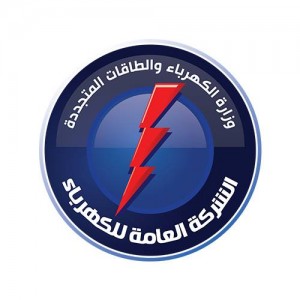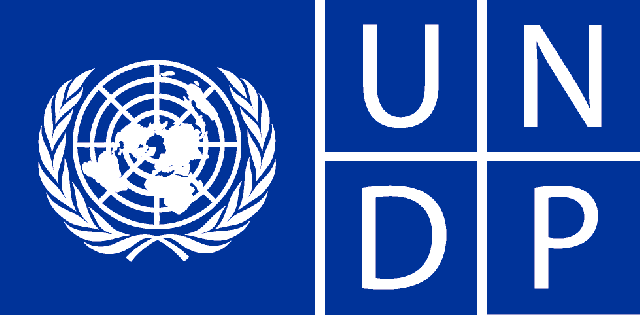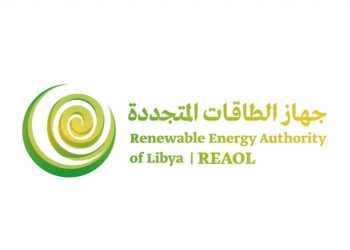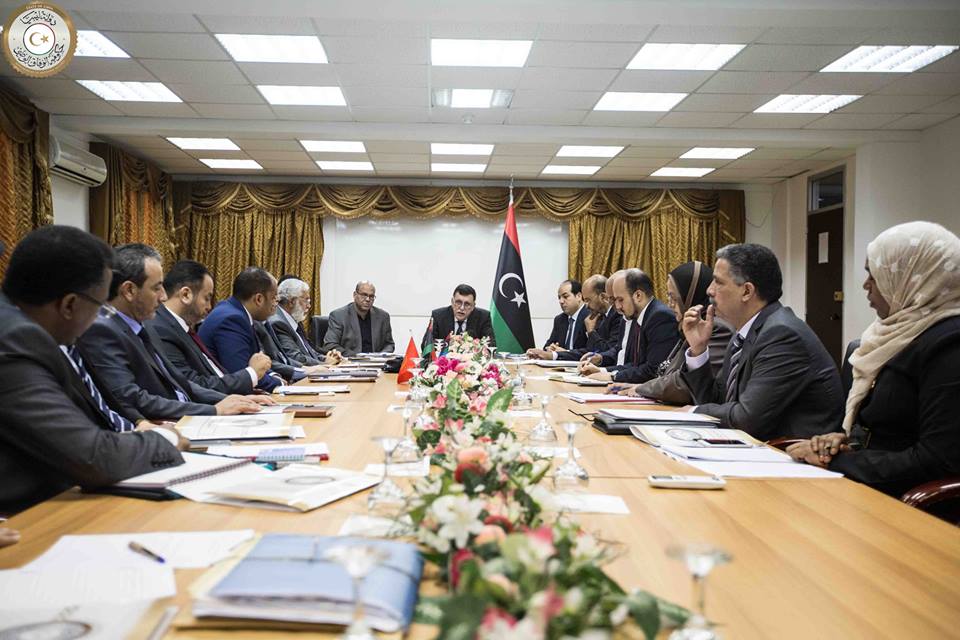By Sami Zaptia.

London, 23 June 2016:
The General Electricity Company of Libya (GECOL) yesterday announced that the second unit at Zawia Dual Power Station had recommenced operations adding 200 MW to the generation capacity of the country’s network.
GECOL said that the unit had gone off line for some urgent maintenance that had lasted a week. The company said that the contribution of the Zawia second unit would help reduce the power cuts in the country.
It also said that maintenance on the Gulf Power station in Sirte is ongoing and hoped that one of four units will become operational in days with 300 MW, greatly reducing the hours of nationwide power cuts.
It will be recalled that Libya has been experiencing acute power cuts lasting for up to 11 hours in the capital Tripoli and for 2-5 days in some parts of the south. The fact that it is in the middle of the fasting month of Ramadan in the middle of summer has made the power cuts even more unwelcomed.
The power cuts had led to two major water cuts over two weeks to the greater Tripoli area as the Man-made River pumps at the water wells in the south of the country stopped operating. Benghazi also suffered a water shortage as power failed at Soloug water reservoir on Monday.
Libya has been experiencing on-off power cuts since the 2011 revolution as electricity infrastructure has been damaged during the revolution, and since. Electricity is also being used as a political tool in Libya’s political conflict as some militias and criminals have deliberately disabled power for leverage.
Many overhead power pylons have been destroyed either to steal their copper cables or as an act of political vandalism.
The political instability and insecurity in the country has meant that foreign technicians are unable to visit Libya in order to carryout urgently needed maintenance.
Whilst Libyan technicians are able to carry out a lot of this work, some work can only be conducted by the manufacturers/installers as part of the contract guarantee or because of its technical complexity.
Power cuts and the equitable distribution of power to the various regions of Libya has led to demonstrations, road blockages and the burning of tyres and rubbish in protest.








